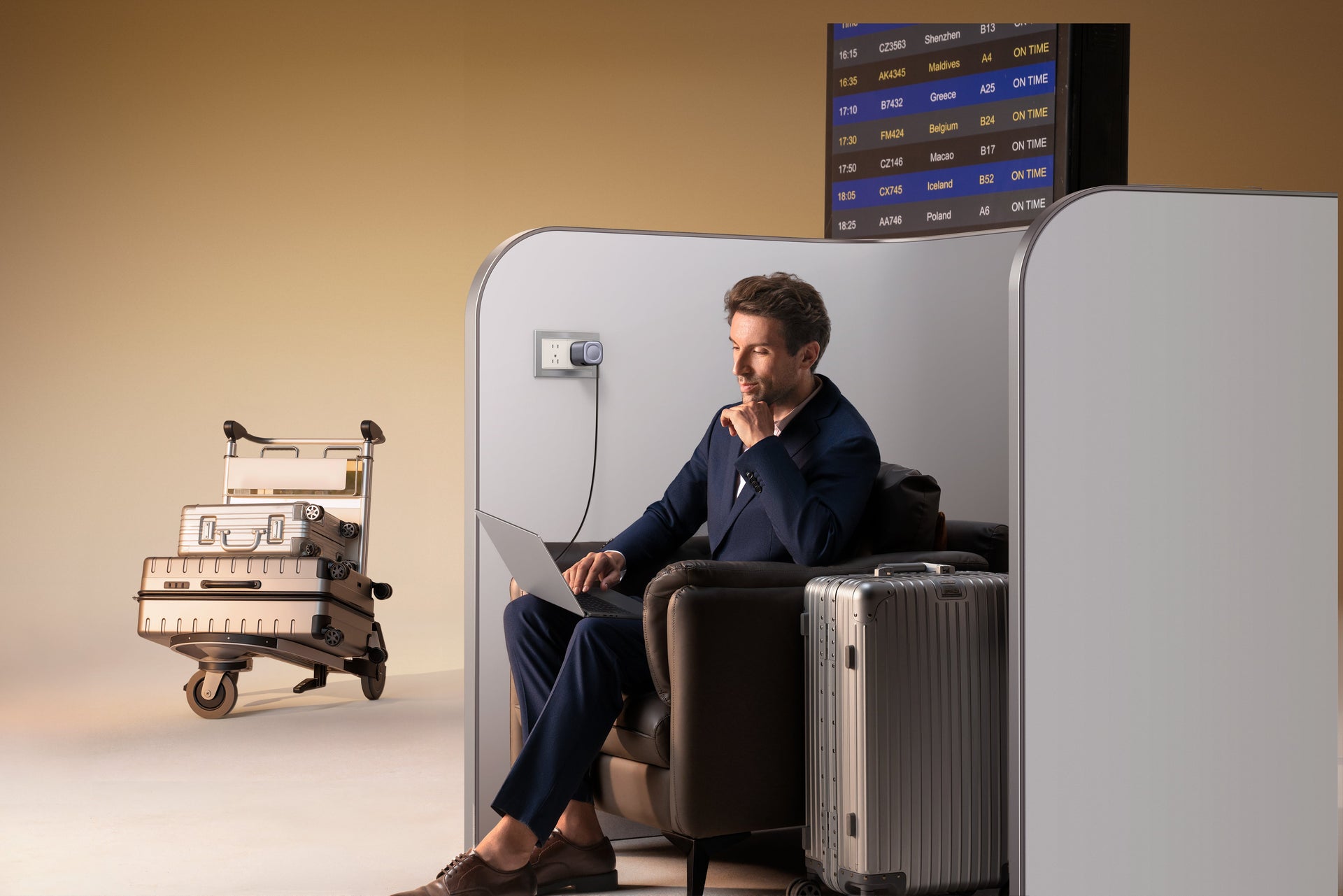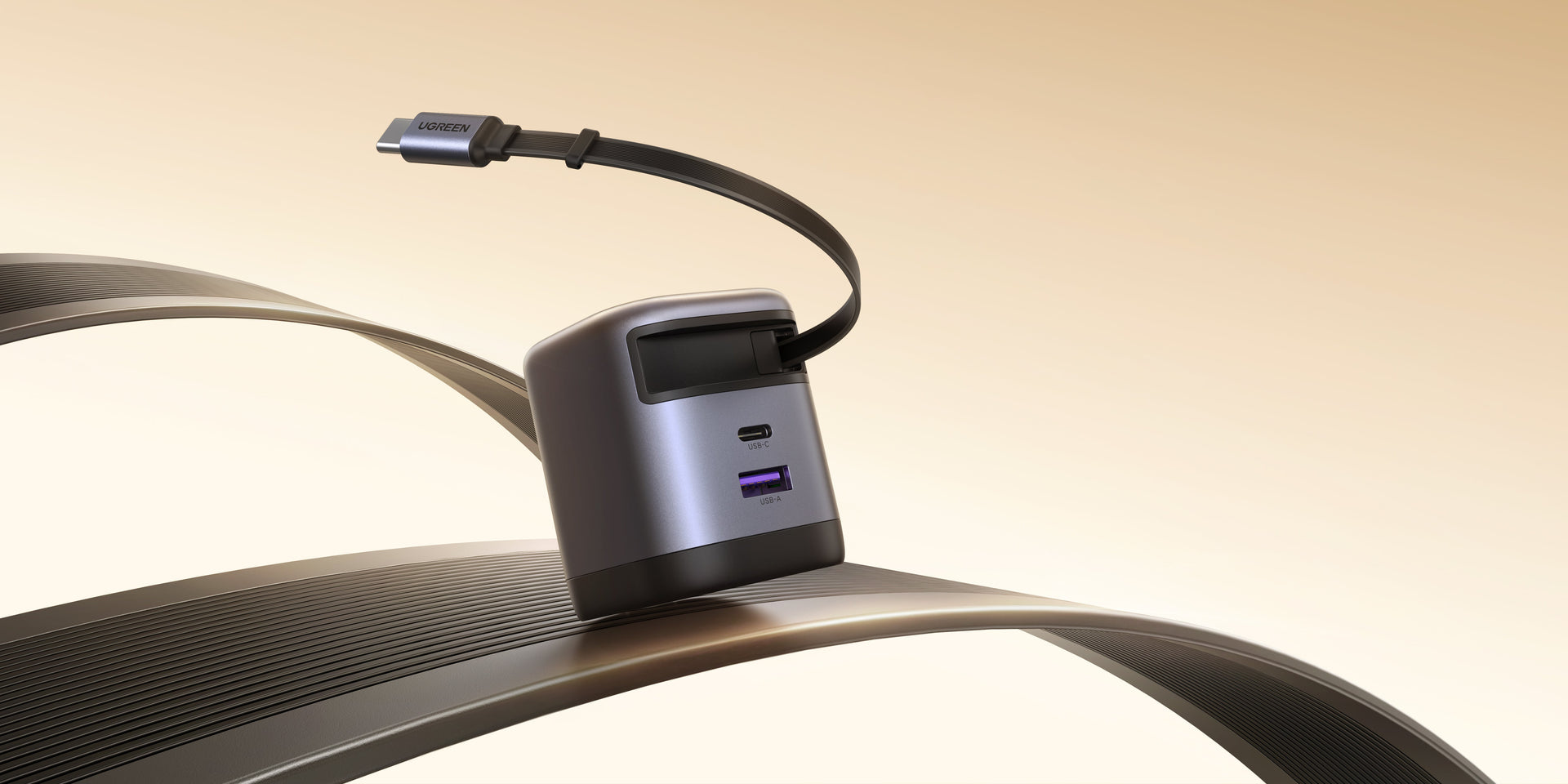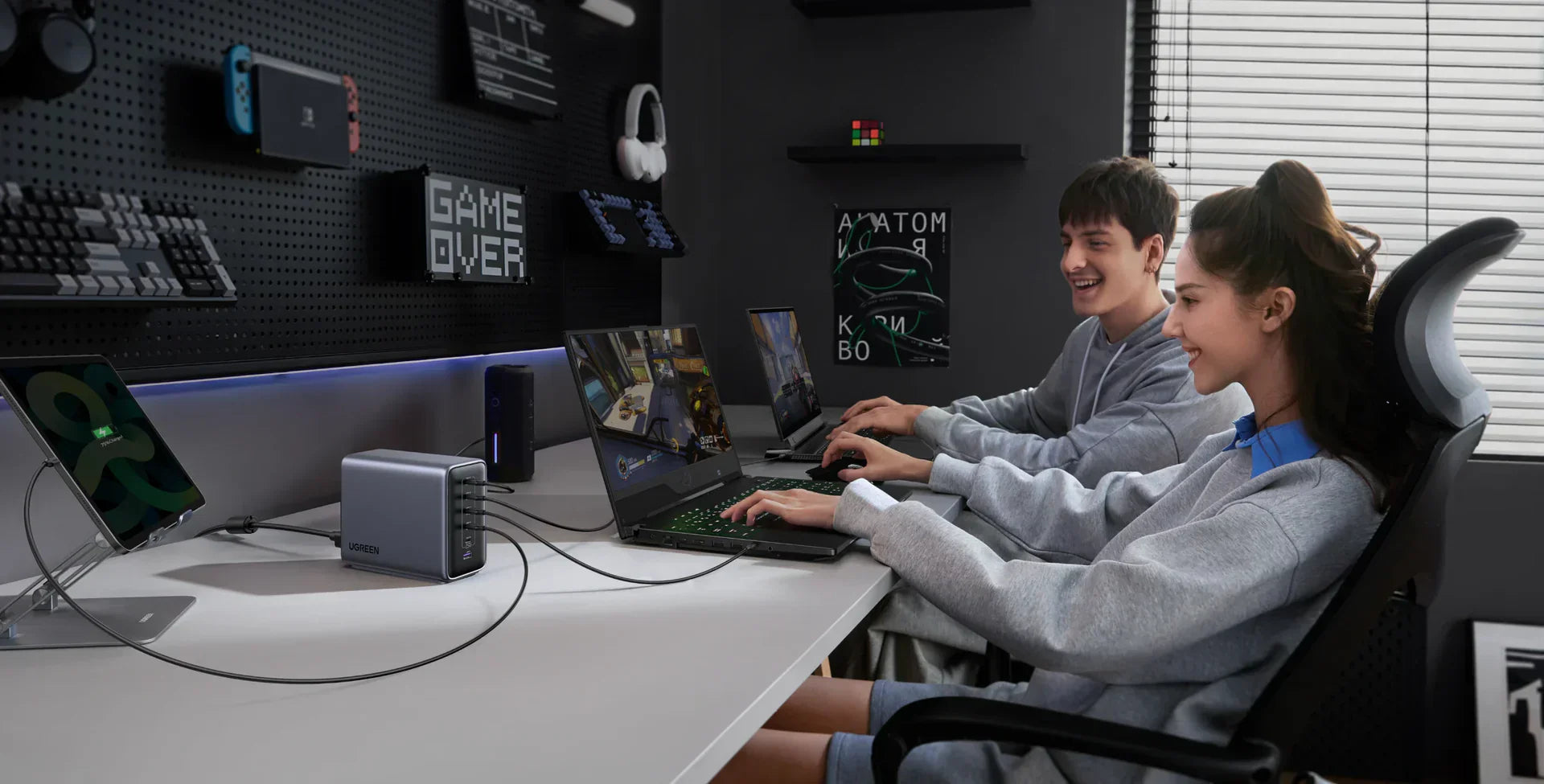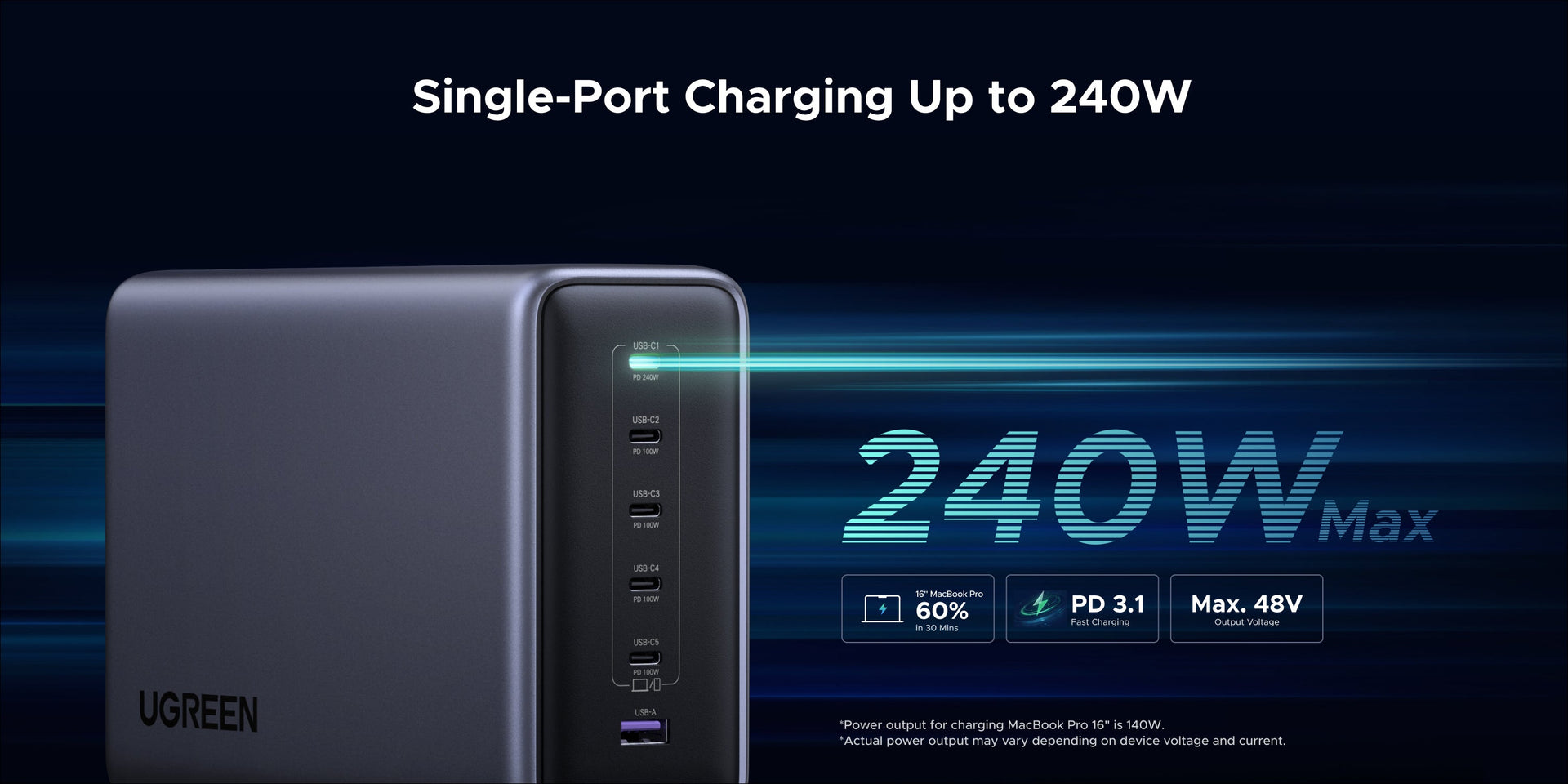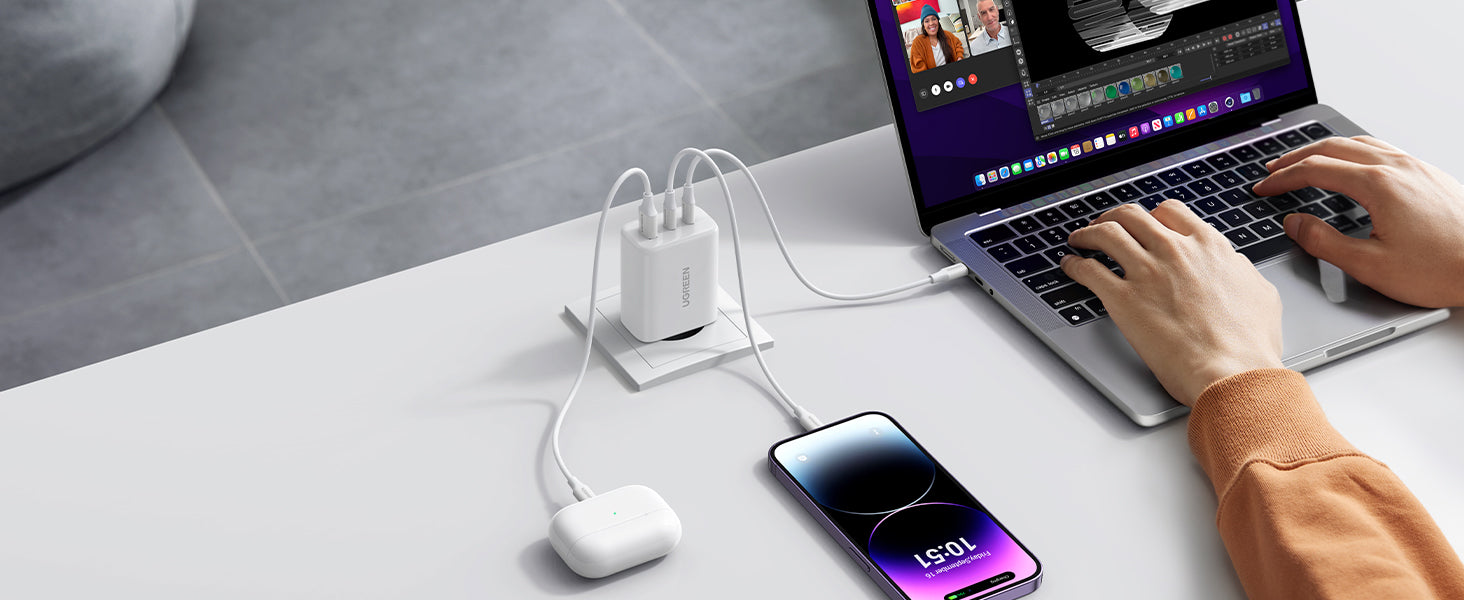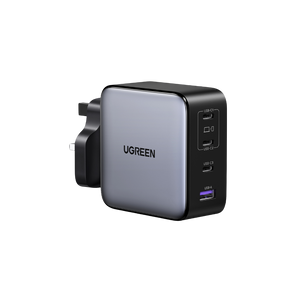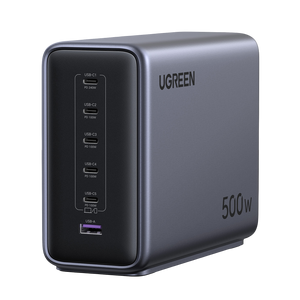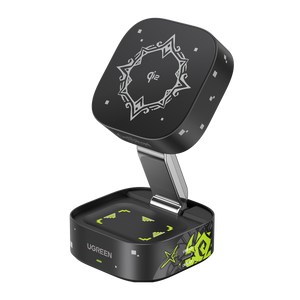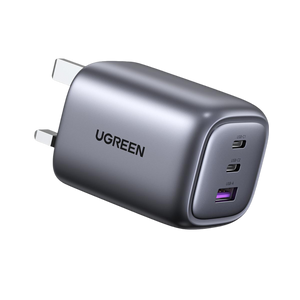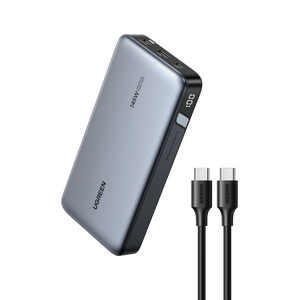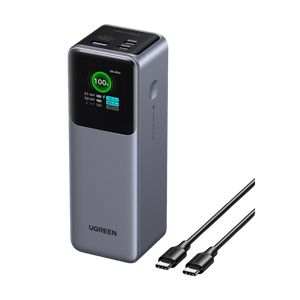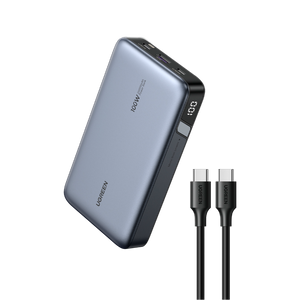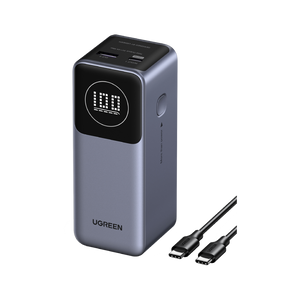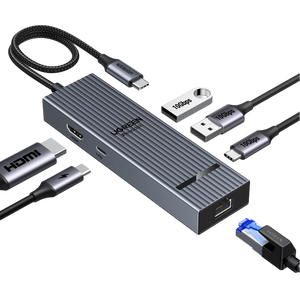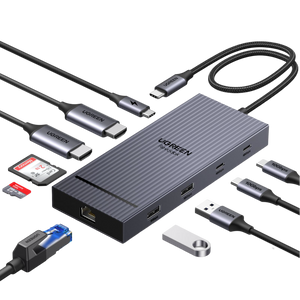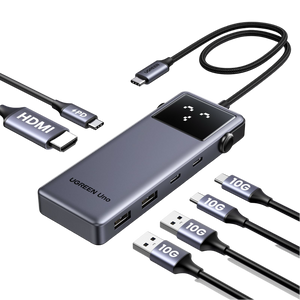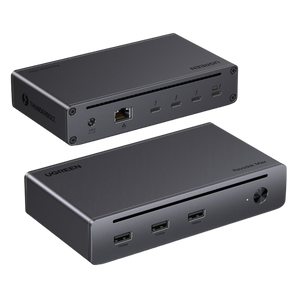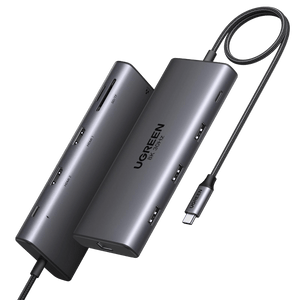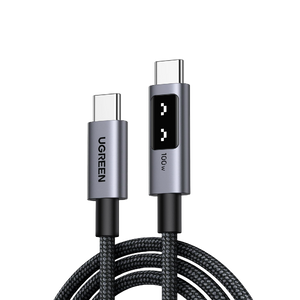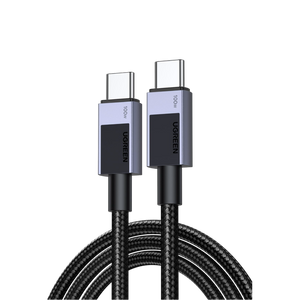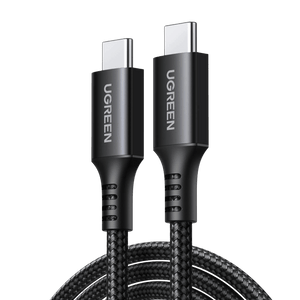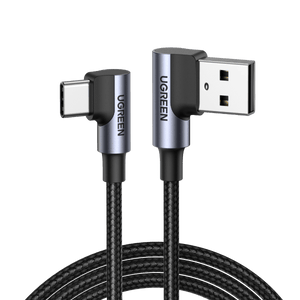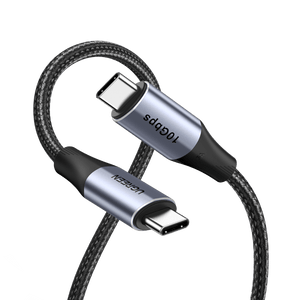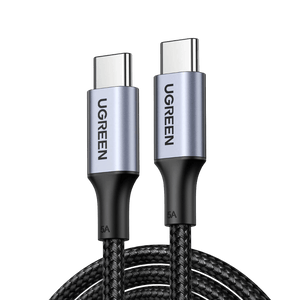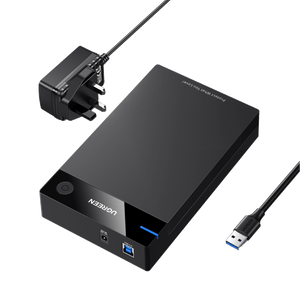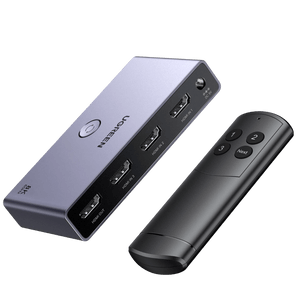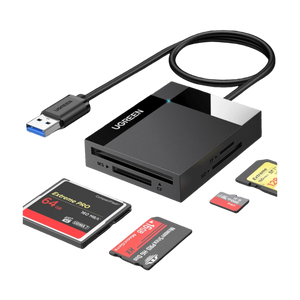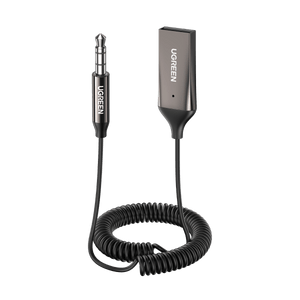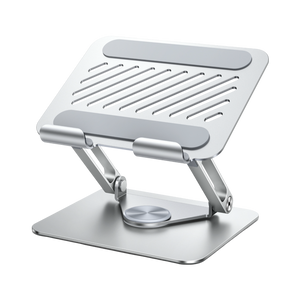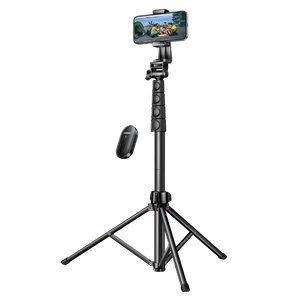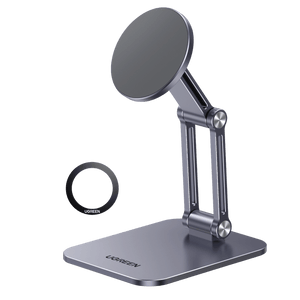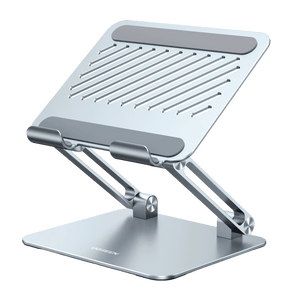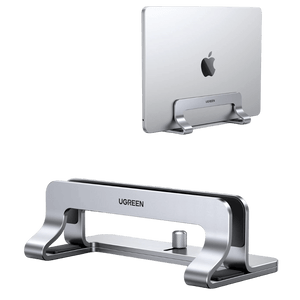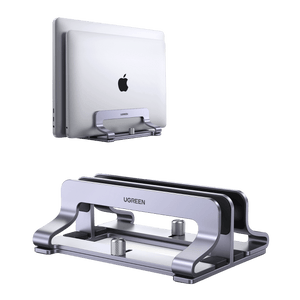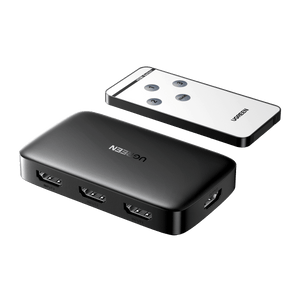Travel Charger Not Working? Try These Quick Fixes
Nothing can ruin a trip faster than discovering that your charger isn’t working. Whether it’s a dead phone, a slow-charging laptop, or a charger that simply won’t plug in, the disappointment is real. Before you throw your gear in frustration or rush to the nearest store, keep in mind many simple issues that can be resolved in just a few minutes.

In this guide, we’ll guide you through easy, research-backed travel charger troubleshooting tips for travel chargers. These tips will help you get your devices back up and running. No tools or technical skills are required. Plug in, save time, and skip the unnecessary replacements on the go.
Device or Travel Charger Not Charging? Check These First
You’ve just arrived at your hotel after a long travel day, ready to unwind, but your phone won’t charge. No buzz, no charging icon, and no power. It’s one of the most frustrating things that can happen when you’re far from home. Before assuming that your travel charger is broken, take a few moments to go through a few quick checks. Many charging problems are surprisingly easy to fix on the spot.
1. Check the Plug and Power Source
Start by asking: Is your plug compatible with the local plug type? If you’re travelling internationally, make sure your charger or adapter matches the socket type used in that country. For example, Type C is common across Europe, while the UK uses Type G. A mismatched or loosely fitting plug may prevent proper contact.
Also, ensure the socket works. Try plugging in another device or switching to an entirely different outlet. Keep in mind that a wall switch controls some sockets in hotels, so make sure it is turned on. Wall plugs and power strips in airports and cafés can also malfunction from being overworked, so trying another source is always worth it.
2. Check Your Cable and Charging Port
Next, inspect your charging cord close up. Is it loose? Are the ends of the cable bent, frayed, or kinked? Even if the outer insulation looks fine, internal damage can stop the transfer of power. If you suspect the cable is faulty, consider replacing it.
Also, inspect your device’s charging port. Shine a light to look for any debris, dust, or signs of corrosion (greenish colour). A clogged port may keep the charger from plugging in correctly. Clean it carefully with a dry toothbrush or a soft-bristled brush, avoid sharp objects.
3. Try Different Combinations
If you’re unsure where the issue lies, try reversing the components. Use a different cable, wall charger, or device. This process of elimination can help you determine whether the problem is with your device or the charger.
Charging Too Slowly? Here’s Why (And How to Fix It)
When you're in transit, slow charging can seriously throw you off. You might expect to charge your device to 50% before your next destination. But after 15 minutes, you’ve only gained 8%. Sound familiar? Don't panic. What you're about to read are the most common causes of your device charging like a turtle, and what to do about it.
1. Fast Charging Only Works with the Right Protocols
Most new phones and tablets support fast charging, but there's a catch: your device and charger must share the same charging protocol.
Some of the common protocols are:
- USB Power Delivery (PD): Supported on iPhones, iPads, Androids, and laptops.
- Qualcomm Quick Charge (QC): Implemented in many Android phones.
If your charger supports a different protocol from your device, the system will default to the lowest common charging rate, typically 5W or 10W. It’s like filling a bathtub using a drinking straw.
Solution: Use a high-grade cable that supports your device's protocol. For example, using a USB-C to USB-C cable with a PD charger and a phone that is PD-compatible ensures the best performance.
2. Using a Low-Power Port
Most modern travel adapters have multiple USB ports, and not all of them deliver the same power. For example:
- A USB-A port may be delivering 5V/2A (10W–12W).
- A USB-C PD port may be delivering 20W, 45W, or even 65W.
If you accidentally plug into a slower USB-A port, your phone will take twice as long to charge. This can happen even if the charger itself is high-output. Also, always check the port names or colour codes on the charger. In chargers like the UGREEN Nexode or similar multi-port chargers, the USB-C ports typically offer faster charging.
In short, slow charging is usually a sign of misaligned tech; it’s not necessarily a malfunction. Double-check that your device, charger, and cable are fast-charge compatible. Use the right port, avoid splitting wattage unnecessarily, and you'll be back to fast, hassle-free power-ups; no matter where you are.
Charger Overheating? Be Careful of Safety Risks
Have you ever picked up your travel adapter and found it was hot enough to cook an egg? Don't worry, you're not alone. Overheating is a common and often overlooked issue. While a warm adapter is never a reason for alarm, excessive heat does degrade performance, wear out internal parts, and in extreme cases, pose a fire hazard. Fortunately, cooling down is easy with a few tips.

1. Heavy Use for Long Hours Can Trigger Overcharging
When your charger is working overtime, such as charging a phone, laptop, and power bank all at the same time, the temperature can rise rapidly. To handle such a load responsibly, opt for high-efficiency GaN chargers (Gallium Nitride). Models like the UGREEN Nexode series are built with thermal control chips and smart power distribution to keep temperatures stable even under heavy use. They also feature Thermal Guard™ technology, monitoring temperature hundreds of times per second to prevent overheating.

2. Ventilation Makes a Big Difference
Where you place your charger matters. Storing it in a packed bag, hiding it under a blanket, or setting it behind the couch can trap heat. Always charge on firm, flat surfaces in well-ventilated spaces. This allows natural air to circulate.
Tip: Avoid leaving it in sunlight or hot, enclosed glove compartments while driving.
3. Don’t Risk It with Counterfeit Chargers
Not all chargers are created equal. Cheap copies may lack critical safety features, like surge protection or heat regulation. Stick with reliable brands, and look for certifications like CE, FCC, or RoHS. These marks mean the product has been tested for safety in electrical devices.
- CE – Conformité Européenne (French for “European Conformity”)
- FCC – Federal Communications Commission
- RoHS – Restriction of Hazardous Substances
Practical Travel Charger Selection Tips: Power Up Without Stress
Traveling in a world of instant connectivity demands juggling more devices than ever before. But none of these devices will do you any good if they're dead. So selecting the proper travel charger is not just about convenience; it's the lifeline for your technology on the go. Here are some tips for choosing a charger wisely.
1. Double-check Voltage Compatibility
Different countries have varying voltage standards. While North America is 110V, the majority of Europe, Asia, and Africa operate on 220–240V. Plugging a non-compatible charger into these outlets can damage your device.
That’s why you need to choose a charger with a 100–240V input rating. With this broad range, it will automatically adapt to local current, protecting your devices.
2. Select Multi-Port and Lightweight Models
A new travel charger will have to work harder than ever. Opt for models with USB-A and USB-C connectors so that you can charge various devices from a single outlet. This way, you won't have to carry around multiple chargers, and you can save space in your bag.
Additionally, foldable prongs and compact designs are helpful, especially when every inch of space in your bag matters.
3. Budget for Cable Chaos
Have you ever forgotten your cable but remembered your charger? It happens! Integrated cable chargers can solve this problem permanently. Look for retractable USB-C cable models, like those from UGREEN's Nexode Retractable Series. The UGREEN Nexode 65W Charger with Retractable USB-C Cable offers a sleek, all-in-one solution. It features a 0.69m retractable USB-C cable, 65W fast charging, and charging for up to three devices simultaneously. This compact and powerful charger is perfect for travel or shared workplaces.

For outdoor trips, the UGREEN Nexode Power Bank 20000mAh 165W with Retractable USB-C Cable is a standout choice. It provides 100W fast charging, includes a smart display, and has enough capacity to charge laptops, tablets, and phones multiple times. This power bank is designed for those who love exploring the great outdoors, without the cable chaos.

4. Go Broad on Compatibility
Charging should not be a roll of the dice. Make sure your travel charger supports the latest fast charging standards like PD (Power Delivery) and PPS (Programmable Power Supply). They deliver optimum performance for any device you use without the danger of overheating or undercharging.
5. Prioritise Safety and Smart Features
Cheap chargers cut corners, which can be risky. Always look for safety features like overcurrent protection, short-circuit protection, and thermal monitoring systems. Safety certifications like CE, FCC, and RoHS indicate the charger meets international safety standards.
With built-in protection layers and Thermal Guard™, UGREEN's Nexode Retractable Series constantly monitors temperature 200 times per second. That means peace of mind whether in a coffee shop or at 30,000 feet.
Conclusion
Travel won't wait and neither will your devices. Charging problems can arise unexpectedly, but proper preparation is essential for a worry-free trip. Before departure, double-check the voltage compatibility of your charger, pack a universal adapter, and inspect all your cables. For an even easier experience, travel with intelligent chargers and power banks equipped with retractable cables, such as the UGREEN Nexode Retractable Series. These solutions eliminate clutter, save time, and provide safe, quick power wherever and whenever you need it. With the right packing and equipment, you'll stay charged along each segment of your journey.
FAQs
How can I avoid overpacking chargers and cables when traveling?
Don't let cable clutter get the upper hand on your carry-on. Instead of bringing multiple chargers and separate cables for every device, go for an all-in-one solution. A charger or power bank with retractable built-in cables and multiple ports, like the UGREEN Nexode Retractable Series, is capable of charging multiple devices at once. One device, less mess.
Are there travel chargers that can charge any country?
Yes, but you’ll need to consider plug and voltage compatibility. Most regions use multiple voltage standards like 110V in the USA and 220V in most of Europe. Look for chargers with international voltage ranges (100–240V) and universal compatibility with fast-charging standards like PD and PPS. The Nexode lineup was designed with this in mind, making it ready for almost any country.
What’s the difference between a power adapter and a voltage converter?
A power adapter resizes the plug shape so that your charger will suit the outlet. A voltage converter changes the electric current itself. Most current chargers (including Nexode models) support global voltage. Which means you typically only need an adapter and not a converter.
What’s the best travel charger for international use?
If you’re travelling internationally, it’s essential to find a charger that can handle 100-240V and accepts interchangeable plugs. It’s even better if it supports fast charging. A model like UGREEN’S Nexode Charger with integrated cables saves space, works in most countries, and eliminates the stress of extra adapters.
Is a universal travel adapter the same as a charger?
Not quite. A global travel adapter only allows your device to plug in; it does not charge or manage power. While a smart travel charger, actually delivers quick, safe charging for your devices. Think of an adapter as the "plug matchmaker," and a charger as the "engine" providing the power.


